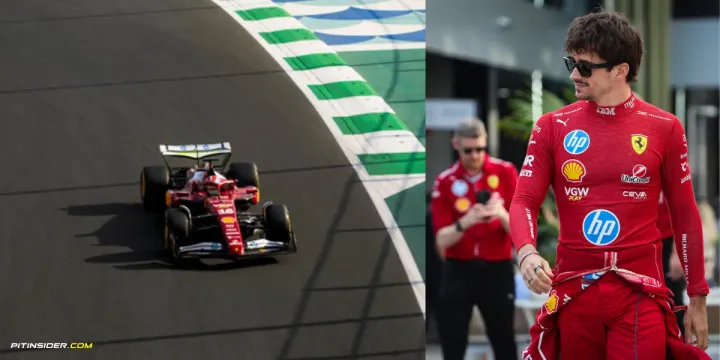FIA quietly abolishes controversial TD39
FIA quietly abolishes controversial TD39 metric for F1 cars with new 2023 aerodynamic regulations, prompting concerns over transparency.

According to motorsport.com Italy's Franco Nugnes, the FIA has abolished the much-debated TD39 with the introduction of new 2023 aerodynamic regulations.
These regulations include a 15mm raised floor and a 10mm raised diffuser elbow.
The TD39 previously used the AOM metric to monitor chassis oscillations to comply with the anti-porpoising regulation that came into effect during the Belgian Grand Prix in Spa-Francorchamps last year.
The decision was communicated only to teams, sparking concerns about transparency and the need for public updates on regulatory changes.
While the reasons for the move remain unknown, it is speculated that the new aerodynamic regulations may be sufficient to control the bouncing effect, making the AOM check redundant.

This may have led to the decision to cancel the algorithm entirely, which was already relaxed in Singapore to prevent cars from exceeding limits due to road bumps, rather than porpoising.
Lack of Transparency
While the decision is understandable, the lack of public announcement has raised eyebrows in the Formula 1 community.
The TD rules are effectively extensions of existing regulations and are not always included in the technical regulations available on the FIA website.
As such, teams may not always be aware of changes or updates to these rules, and the lack of public disclosure could lead to confusion and frustration.

Moreover, the problem of porpoising has not yet been fully resolved, as evidenced by the bouncing of the Ferrari SF-23 and other cars.
While safety concerns led to the introduction of the regulation, critics argue that the solution was rushed and lacked consensus among teams. The recent decision to abolish the TD39 in silence has only added to the controversy.
As Nugnes notes, "The decision was kept under wraps, almost like it was top secret. Can you imagine what would happen in football if the VAR rules were not publicly disclosed for controversial episodes?"
Nugnes also highlights the need for greater transparency in regulatory updates, as teams and fans alike deserve to know the rules that govern the sport they love.





Comments ()